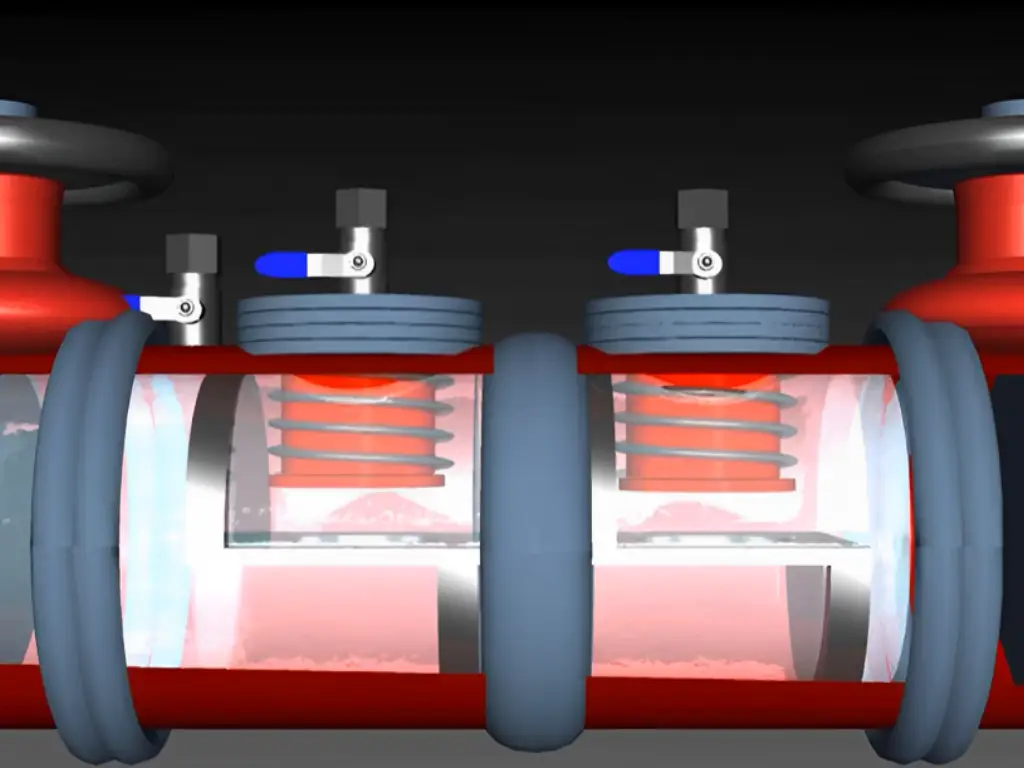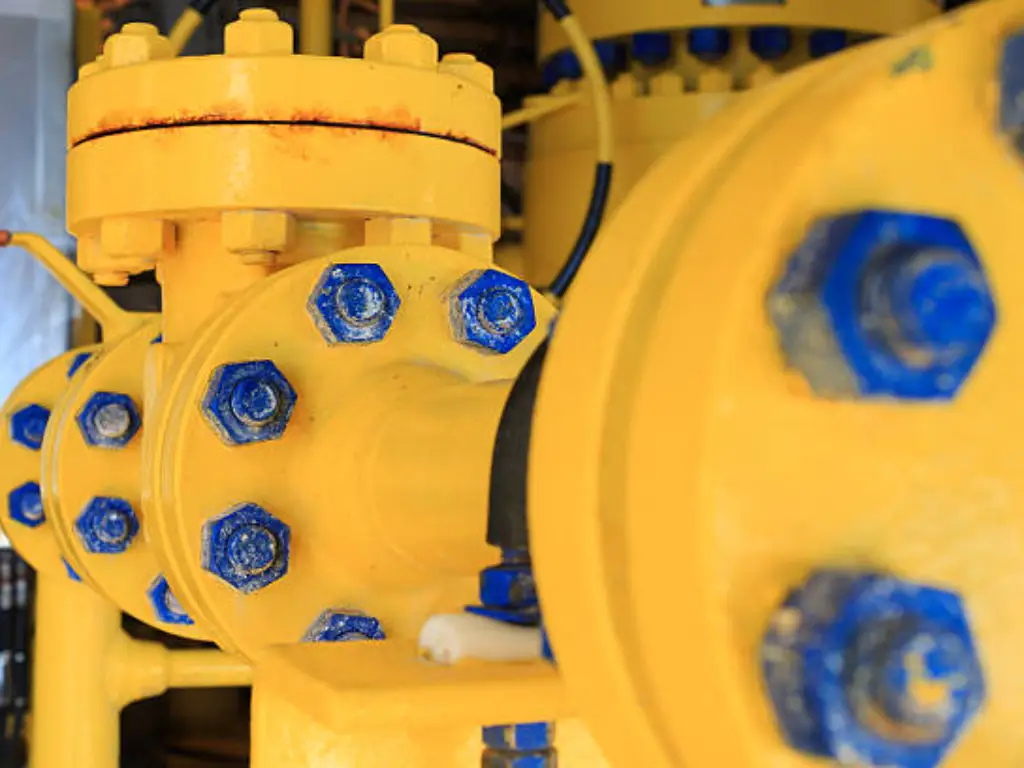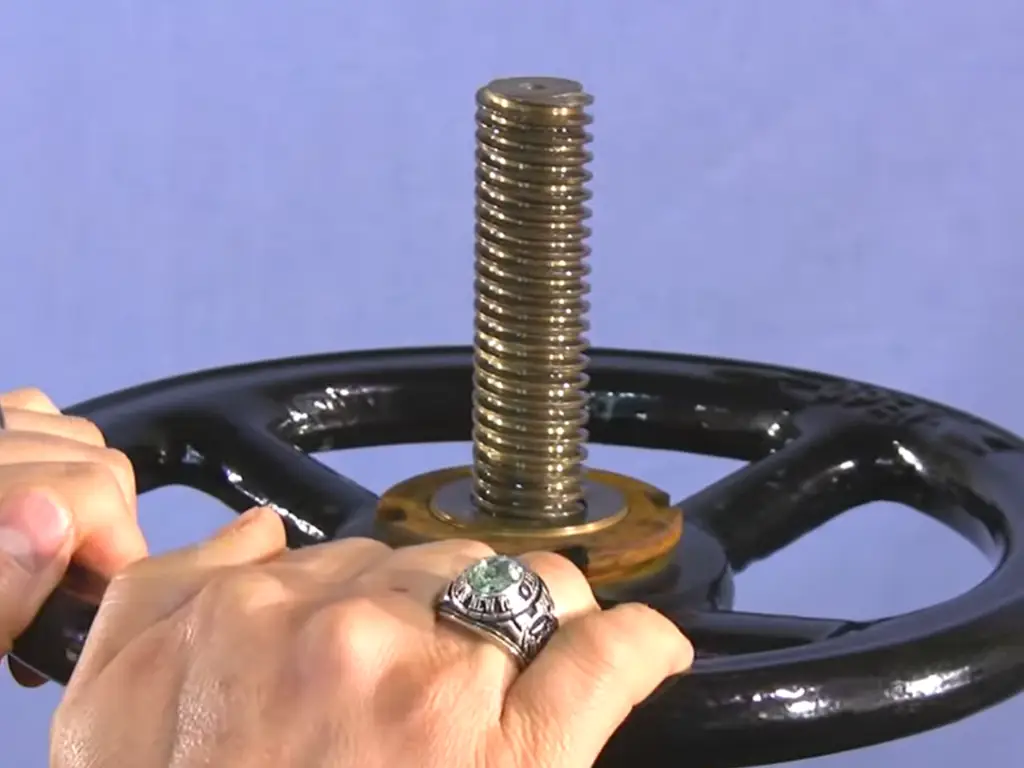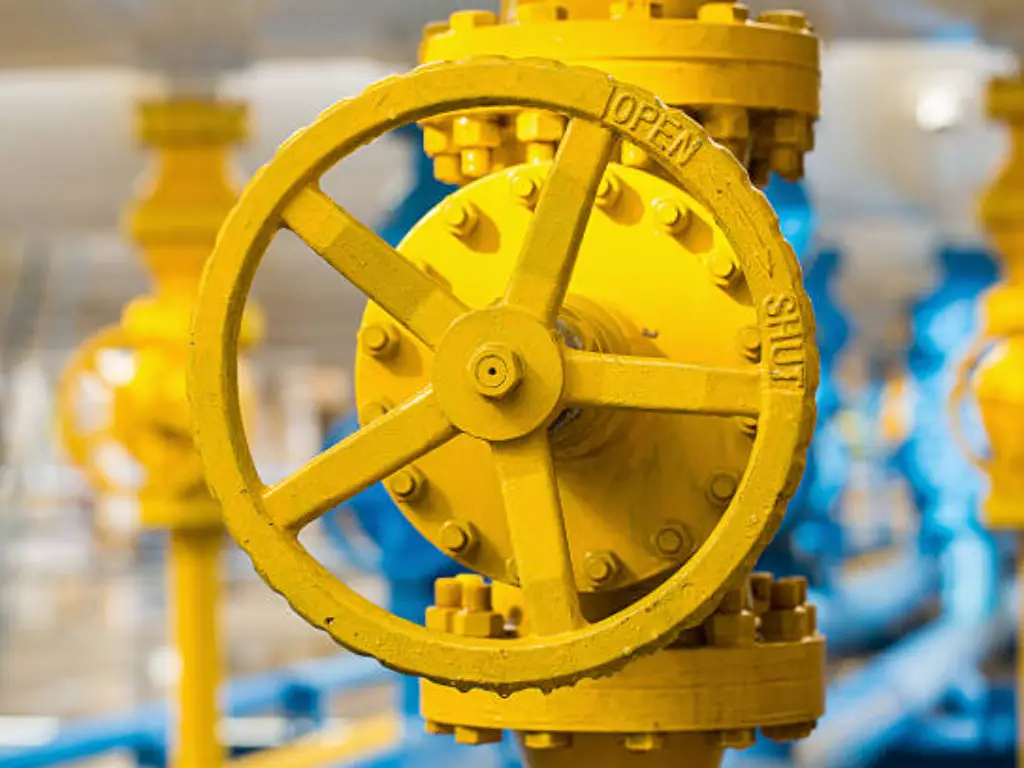Introduction
These check valves are used in many industries to avoid back flow of fluids and gases to occur in a system to enhance its efficiency and safety. Of these, the double check valves are most widely used because of their higher reliability and fail-safe operation. Due to their capacity to afford double protection against backflow, they are widely used in areas where contamination is highly discouraged. In the next sections, we will look at what a double check valve is, how it operates, and why it is crucial to have it in the water systems.
What is a Double Check Valve?

A double check valve is a kind of backflow prevention device that avoids polluted water from flowing back to clean water supply. It does this by using two independent check valves arranged in series within the body of the valve, serving as a failsafe backup mechanism that guarantees if one failed, the other would still block backflow. This, therefore, makes it a necessary component in preserving water systems’ soundness. With that knowledge of double check valves, let us now look at how it works in practice.
How Does a Double Check Valve Work?
A double check valve functions in a manner that it permits water flow in one direction and as soon as the flow is in the opposite direction, it closes. These valves are normally designed to close when the water pressure on the downstream side is lower than that on the upstream side to provide back pressure. While the exact points of triggering may vary depending on the design, it is often the case that many double check valves will need a pressure differential of 1-2 PSI. This ensures that even the slightest change in pressure will close the valves and therefore ensure that the clean water supply is not contaminated.
The Benefits of Using Double Check Valves

Double check valves have several benefits in various commercial and industrial applications to ensure safety, reliability, and compliance with the rules. The following are the main benefits of using double check valves:
Efficient Backflow Prevention
The main function of a double check valve is to prevent backflow required for maintaining water sources free from contamination. These devices use two check valves in series so that even if one of them fails and lets contaminated water into a main water supply, there is still a second check valve against it. This is important in food processing plants where the quality of water used is a factor of concern.
Adaptability in Industrial Uses
Check valves are very versatile and can be applied in a number of industries, such as chemical production, fire protection systems and lawn irrigation. They can therefore be used well on complex arrangements with different pressure classes and flow rates that need backflow prevention.
Robustness and Low Maintenance
For example, these types of valves are manufactured using materials such as stainless steel or brass that can easily endure conditions that are characteristic of industries, such as exposure to corrosive substances or high pressure. This means that they have long service lives and low maintenance costs, hence making them cost effective techniques used during construction.
Easy Testing and Inspection
Double check valves are easy to test and inspect since test cocks are provided in them. This aspect is very crucial especially in an industry environment where constant maintenance is required to ensure that the performance is at its best and at the same time is safe. Therefore, early identification of issues like leaks or pressure differential related issues reduces time wastage.
Regulatory Conformance
In cases where high industrial safety standards regarding backflow prevention are required the use of dual check valves guarantees compliance. Compliance with these requirements helps industries to sustain certification standards for operation and thus guarantee the conservation of the environment and protection of the public health.
Common Applications of Double Check Valves in Various Industries

Check valves are widely used in various industries to avoid backflow and contamination of water supplies and other systems. These valves are general service and are used in many industries. Here are some common applications:
- Chemical Processing: In chemical plants, the purity of water lines is very important to avoid any chemical reactions or contamination. Double check valves offer a positive means of preventing backflow and the contamination of the main water supply with hazardous chemicals. This protection is important in ensuring that the products are not contaminated and at the same time protecting the workers.
- Food and Beverage Industry: It is important to guarantee that water used in food and beverages preparation is not contaminated in any way. These facilities require the use of double check valves to ensure that there is no backflow of such contaminants as cleaning agents or food by-products into the main water line. This assists in ensuring that there are high hygiene standards and also meeting the health sector standards.
- Irrigation Systems: In agricultural practices, especially in large scale irrigation systems, double check valves are used to ensure that fertilizers, pesticides and other chemicals do not flow back into the water supply. This is important in order to avoid polluting the environment and preserving water sources that are used for other purposes, like drinking or for livestock.
- Fire Protection Systems: In fire suppression systems, check valves are used to prevent the water used in fire fighting from flowing back into the potable water supply. This is critical in preventing any contaminants that may have entered the fire suppression system from compromising the safety of the drinking water supply.
- Heating and Cooling Systems: Water lines in industrial heating and cooling systems are protected by double check valves. These valves ensure that water that has been contaminated or chemically treated from heating and cooling processes does not contaminate the clean water supply. This application is very important in ensuring that the system is optimized and that no corrosion or damage occurs to the equipment.
Through the use of double check valves in these areas, industries can be able to meet safety standards, safeguard the health of the public and also enhance the performance and reliability of the systems. These valves are an essential component of any effective backflow prevention plan, which protects the environment and people’s health.
Double Check Valve vs. Other Backflow Prevention Devices

It is important to note that double check valves are not the same as reduced pressure zone valves (RPZs) when used in industrial applications and should be used in different contexts.
- Level of Protection: The major difference between a double check valve and an RPZ is the level of protection that is provided. A double check valve consists of two check valves in a series, and it is suitable for use in conditions where the threat of backflow contamination is moderate. This makes them suitable for industrial applications where potential contaminants are non toxic and the effects of back flow are tolerable. However, RPZs are more advanced in that they contain a relief valve between the two check valves. This valve releases water if the pressure is too low to prevent contaminated water from entering the clean water supply. Therefore, RPZs are used in sensitive industrial applications such as chemical processing, pharmaceuticals, and any environment where even the slightest contamination is dangerous.
- Complexity and Cost: RPZs are more elaborate and costly than double check valves because of the extra parts such as the relief valve. This makes the system to be more expensive to install and also to maintain in the long run. RPZs have to be tested and maintained frequently to guarantee that the relief valve is working correctly, which contributes to the operating costs. Double check valves are less complex in construction and have fewer parts that are likely to wear out, and therefore, are cheaper to maintain especially in industries where contamination is not a major concern.
- Applications: As mentioned above, double check valves are employed in many different applications where the possibility of severe contamination is not as great. On the other hand, RPZs are required in hazardous areas such as chemical blending stations, industrial effluent treatment plants, or oil processing plants where even a little backflow poses a threat to health and safety.
- Pressure Handling: RPZs are particularly constructed to withstand large pressure variations and are safe to use. The relief valve in an RPZ will open if the pressure difference between the upstream and downstream sides of the check valves is below a safe limit of about 2 PSI so that any contamination is flushed out of the system. This makes RPZs suitable for use in high pressure or where pressure changes are likely to occur, such as in chemical processing industries or power stations. Double check valves, though, are not as secure and do not provide this kind of pressure safety and are more appropriate for stable pressure conditions.
Best Practices for Installing a Double Check Valve

It is important to install a double check valve correctly to guarantee that it will effectively prevent backflow and safeguard water sources. Here are some best practices for installing a double check valve:
- Near the Water Source: It is important to install the double check valve close to the main water supply or point of entry. This placement ensures that any backflow that may be present is prevented from entering the water system and thus protecting the entire network. By placing the valve close to the source, you also ensure that it is easily accessible for maintenance and testing to ensure that the system is in the best condition.
- Accessible Location for Maintenance: The double check valve should be installed in a place that is easily visible and accessible for inspection, testing and servicing. Periodic testing is required to verify that the valve is working properly and still offers the necessary backflow prevention. This is because when the valve is installed in an area that is easily accessible, it will not take a lot of time and money to maintain it hence making it a long-term solution.
- Avoid Areas Prone to Freezing: The double check valve should be installed in places that are not affected by freezing conditions. Freezing can also lead to cracking or failure of the valve and this may result in formation of leaks and backflow. These problems can be avoided and the valve can be used throughout the year without any issues if it is insulated or if it is installed indoors or in a heated environment.
- Install Above Ground: In as much as this is possible, the double check valve should be installed above ground level. This not only makes it easier to access for testing and repair but also reduces the chances of contamination from water sources such as groundwater or surface water. Maintaining the valve in the raised position helps to keep it functional in preventing contaminants from entering the water supply.
Maintenance Guidelines for Double Check Valves
To ensure long-term effectiveness in preventing backflow and safeguarding water supplies, dual check valve maintenance must be done properly. Here are some guidelines to follow when doing maintenance.
- Regular Test: The double check valve has to undergo a routine test so as to ascertain that it is functioning properly. Testing should occur at least once every year or more frequently if local regulations or the specific application require. This entails examining the pressure differential and ensuring that both the check valves are sealing correctly. Through using this built-in test cocks, a certified technician can identify any issues early enough thus avoiding possible failures.
- Inspection for Leakage: Regular inspection of the valve assembly should be done for signs of leaks and corrosion which can reduce its efficacy. Leaks may indicate wearing out or damage of such components as seals or shutoff valves on the valve. By addressing these leaks early one maintains integrity in terms of backflow prevention device and prevents water losses as well as contamination of water supply.
- Clean out Debris: Over time, debris and sediment may accumulate within the valve thereby interfering with its performance. Regular cleaning helps it maintain optimum flow while making sure that check valves operate efficiently. During inspections, flush all debris from the assembly of the valve while keeping all internal parts clear from obstructions.
- Replace Worn Out Components: Check whether there is wear on internal components like check valves, springs, seals etc. Replacing those worn-out parts with new high-quality ones will help to keep up dependability and functionality of double-check valve. Such a proactive approach assists in avoiding unexpected failures hence prolonging its lifespan.
Conclusion: Why Double Check Valves Are Essential for Water System Safety
Double check valves are critical in ensuring that water supply is safe from backflow and contamination hence they are used in industrial plumbing systems. Knowledge of these valves’ characteristics and advantages enables industries to select proper backflow prevention equipment and guarantee health risks elimination and safety requirements fulfillment. Through the use of quality double check valves and redundant check valves, you safeguard your water main and other important structures from problems such as siphonage and pressure fluctuations.
For the best backflow prevention solutions, Dombor is a recommended valve manufacturer. Call Dombor today for your water system protection and to know more about their line of quality valves.









